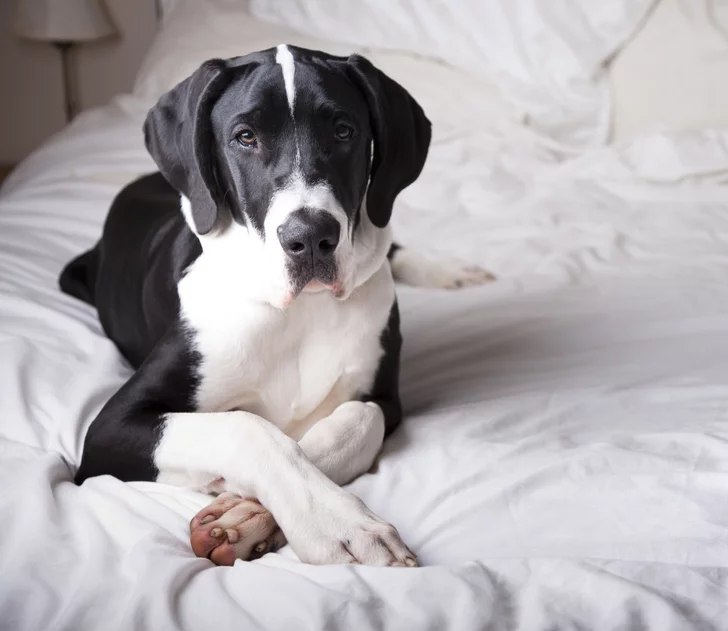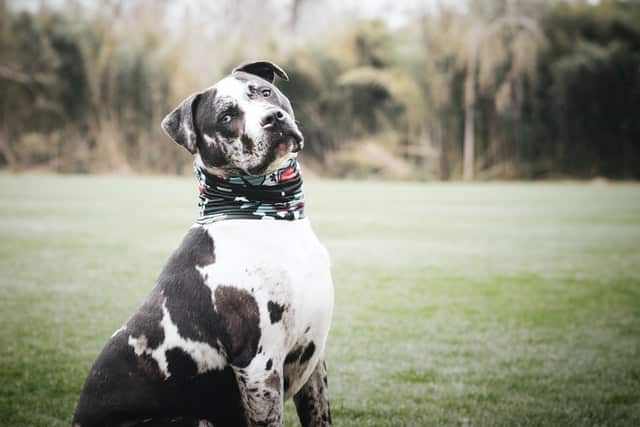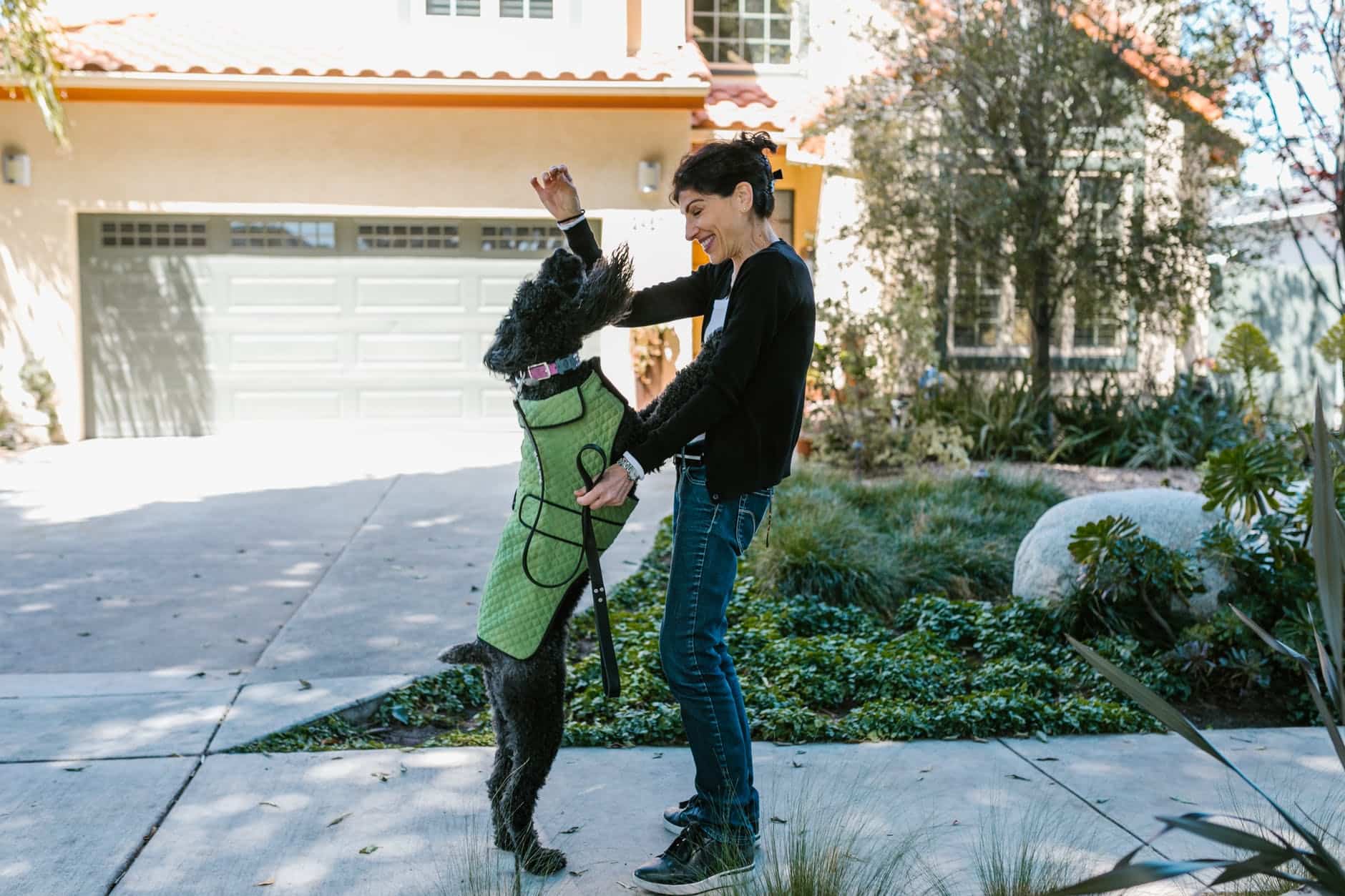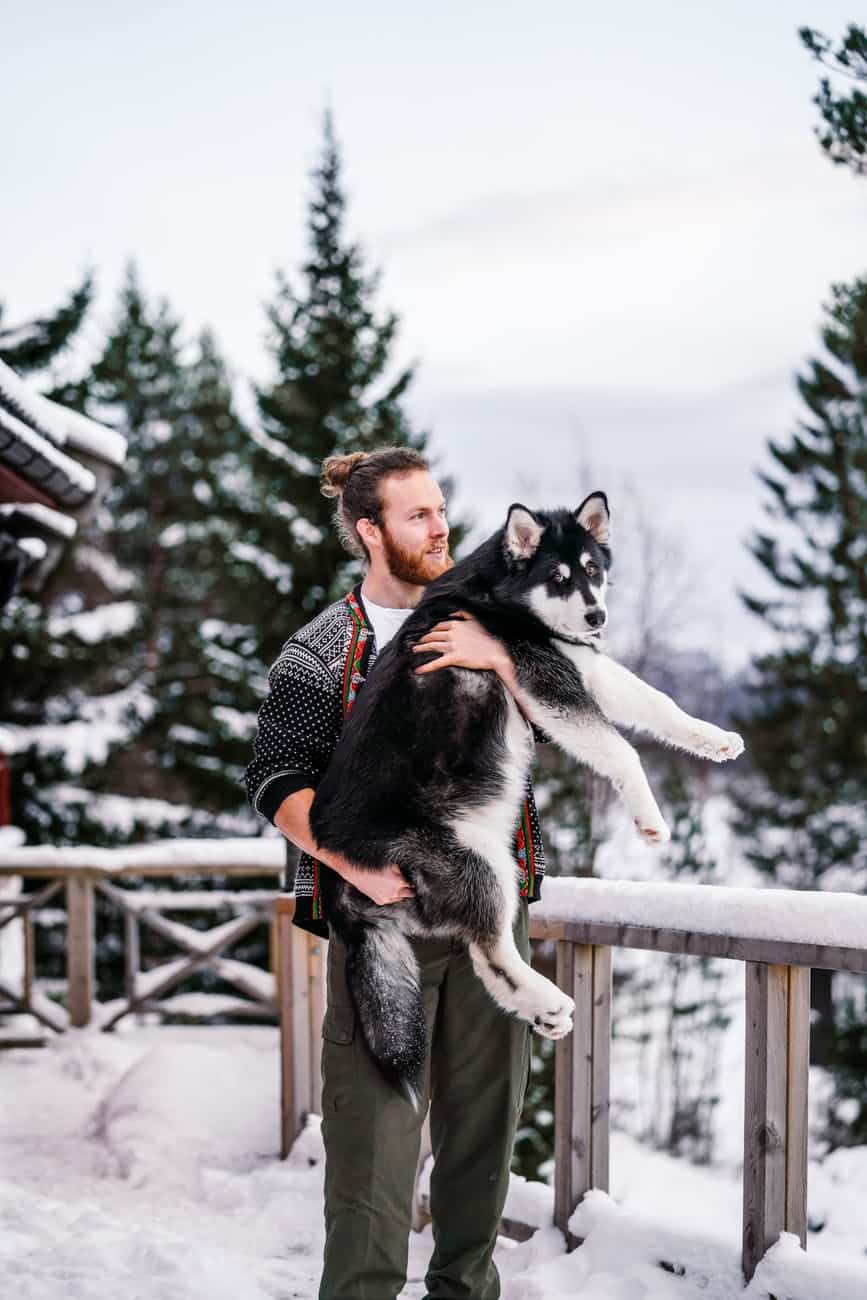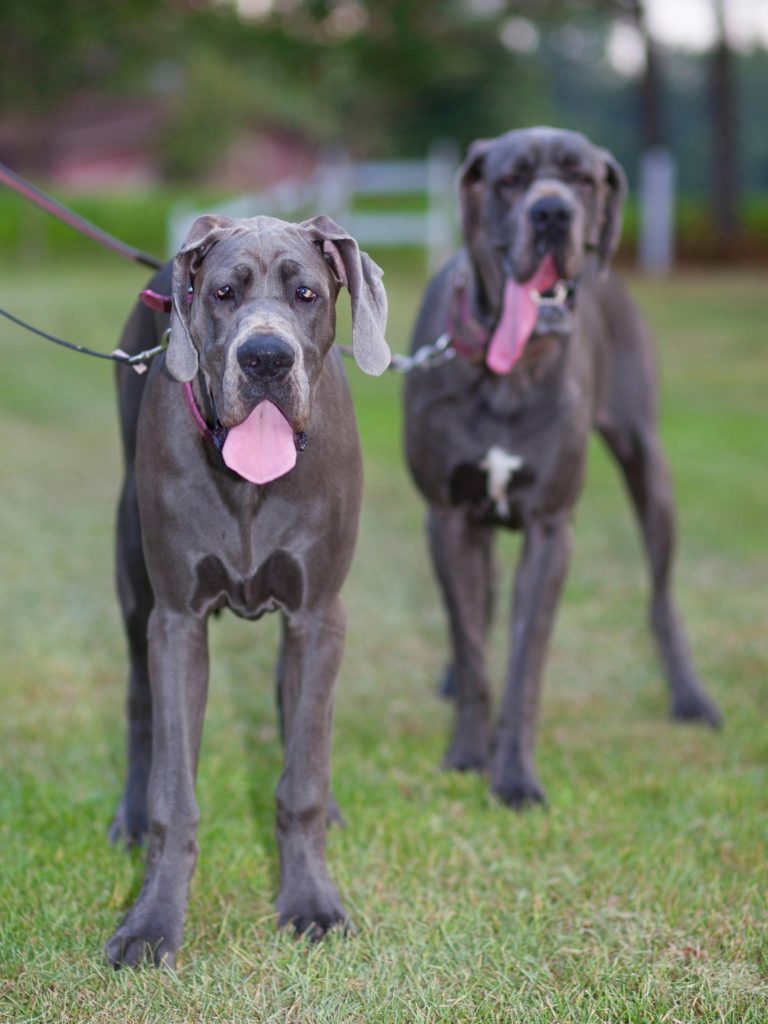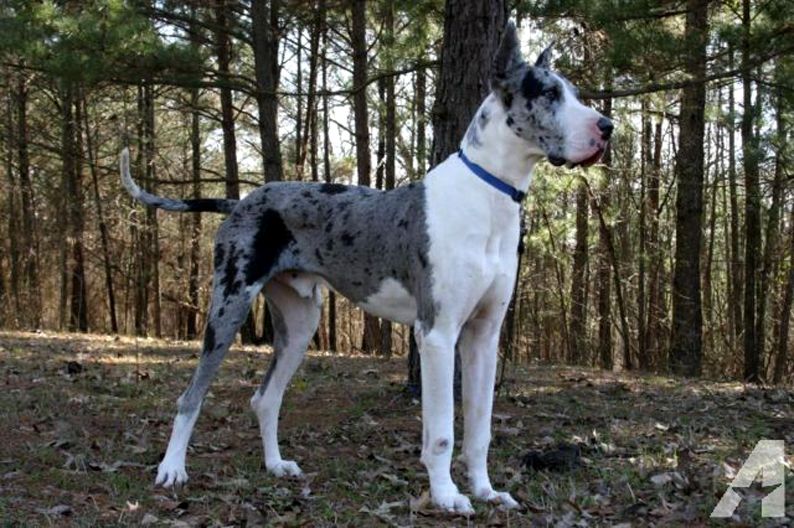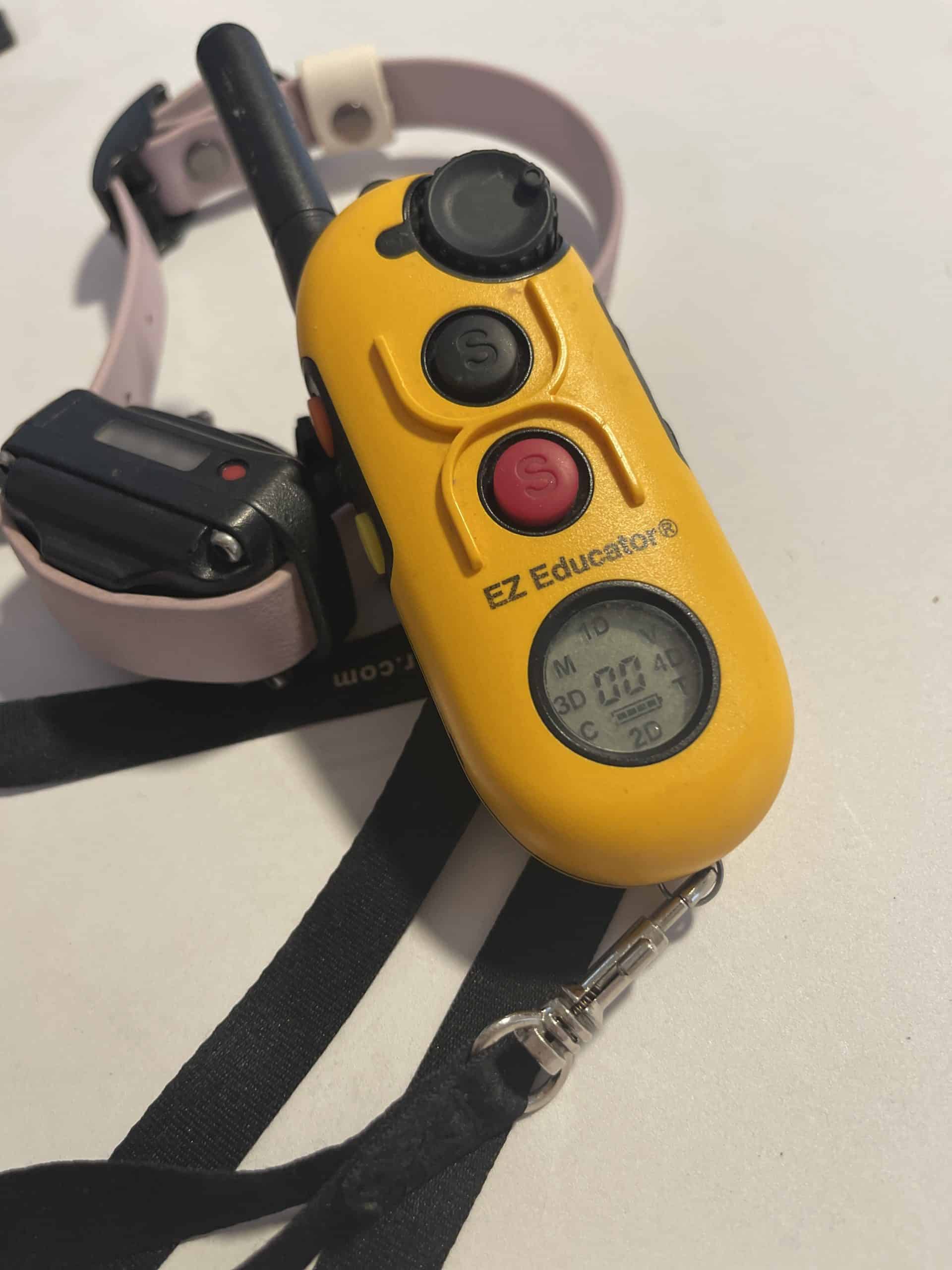The newest trend in pet food marketing mirrors anti-smoking campaigns, urging people to “quit kibble,” “kick kibble to the curb,” and “ditch the burnt brown balls.”
These phrases are saturating my news feed as part of the recent campaign to endorse “human grade,” “holistic,” and boutique pet food diets. They aim to evoke a strong response from pet owners, portraying kibble as an addictive, habit-forming, toxic substance that our pets desperately need our help to get away from.
I find this type of marketing disingenuous and predatory. Let’s read into it a bit more…
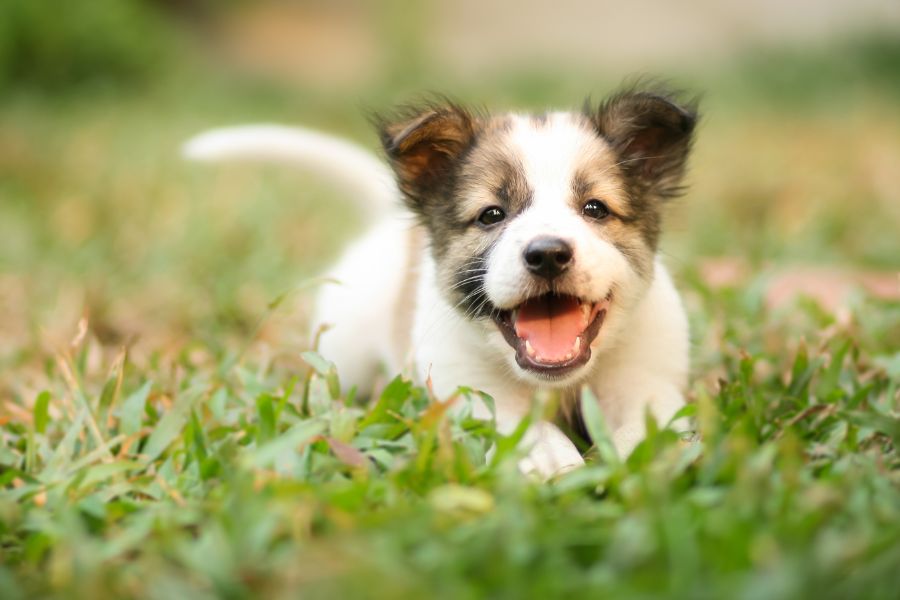
Is Kibble Bad For Dogs?
The term “quit kibble” suggests that dry dog food is harmful to dogs, urging us to break the habit similarly to quitting smoking or stopping nail-biting.
Is kibble bad for dogs, though?
Not necessarily!
Kibble can be an incredibly convenient and balanced source of nutrition. When it is well formulated and meets WSAVA recommendations for manufacturing and nutrition science, it is also highly digestible and bioavailable.
Our pet’s lifespans have increased dramatically in the last 40+ years, largely because kibble brings us the opportunity to easily feed our pets a nourishing and complete meal.
Although a Google search might yield claims like “kibble causes cancer” and “fresh is best,” such assertions are seldom, if ever, supported by credible scientific evidence.
The recent emphasis on alternatives and the “quit kibble” movement suggests a growing interest in exploring different diet options, often driven by the desire for more “natural” or specialized feeding approaches. This is understandable, but often misguided.
Whether people want to believe it or not, a well-balanced kibble can be more nutritious, and safer, than some fresh options. It’s a mistake to outright believe that one choice is always superior when there are many other factors at play.
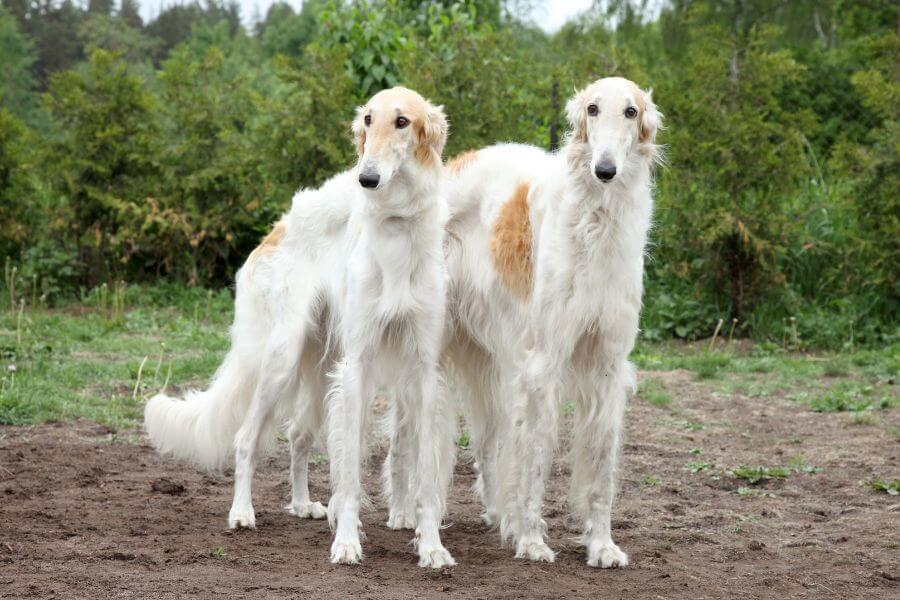
Negative Marketing in Pet Food
Negative marketing in pet food involves promoting a product by emphasizing the perceived shortcomings or flaws of competing products rather than focusing solely on the strengths of the advertised product.
This can include highlighting ingredients perceived as unhealthy, questioning the nutritional value of rival brands, or suggesting potential risks associated with consuming certain types of pet food.
“Quit Kibble” and “Burnt Brown Balls” are fantastic examples of negative marketing used in the pet industry.
In other examples, a pet food company might use negative marketing tactics by running advertisements or campaigns that criticize the use of fillers, artificial additives, or by-products in competitor products. They may also suggest that traditional kibble diets are insufficient or harmful compared to their own fresh or raw food options.
While negative marketing can be effective in persuading consumers to choose a particular brand or product, it can also lead to a sense of fear or confusion among pet owners.
Additionally, it may not always provide a complete or accurate representation of the nutritional value of competing products.
Therefore, consumers need to research and evaluate pet food options carefully, considering a variety of factors beyond just marketing messages.
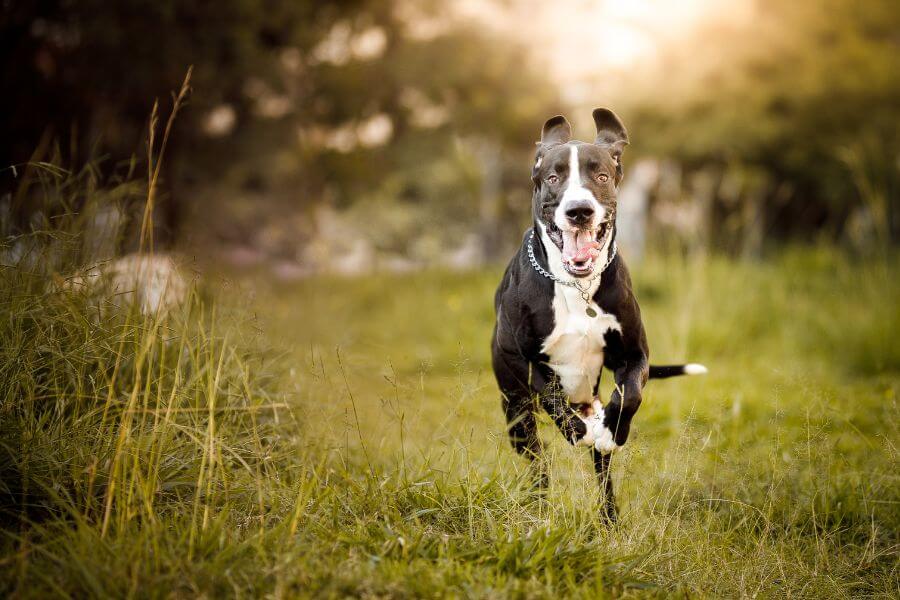
Is Kibble Burnt Brown Balls?
Referring to kibble as “burnt brown balls” is a colloquial or informal way of describing dry pet food.
While some kibble may have a brown color due to the cooking process, it’s important to note that not all kibble looks or tastes the same.
The quality and appearance of kibble can vary depending on the ingredients used and the manufacturing process employed by different pet food companies.
There is a pervasive myth out there that kibble is cooked at “high heat”. In reality, the manufacturing process occurs at a lower temperature, typically between 150 to 300 degrees Fahrenheit, for a very short time.
For perspective, that is even lower than the temperature used to bake muffins in a home oven, and it takes less time, too!
How is Kibble Made?
Kibble, or dry pet food, undergoes a manufacturing process known as extrusion. Initially, ingredients like meat, grains, vegetables, and essential nutrients are carefully selected and blended to form a consistent mixture.
This blend is then cooked and processed to ensure uniformity and improve digestibility. Next, the mixture is fed into an extruder, where it undergoes heat and pressure to shape it into the familiar kibble form.
Simultaneously, this process sterilizes the food to make it safe for consumption. After extrusion, the kibble is dried to reduce moisture content, increasing its shelf life and preventing spoilage. Some kibble may undergo additional coating with flavorings or additives to enhance taste and palatability.
Finally, the finished product is packaged and prepared for distribution and sale, with stringent quality control measures in place throughout the manufacturing process.
Cheerios are another example of an extruded food product.
There is nothing “burnt” about this process, and I recommend asking bigger questions about pet food companies who engage in that kind of misleading marketing.

Does Kibble Contain Fillers?
The term “fillers” can be subjective and may refer to ingredients that are added to pet food primarily to provide bulk or reduce production costs, rather than to contribute significant nutritional value.
Many people consider ingredients like corn, wheat, rice, or soy as “fillers”; however, it’s important to recognize that these ingredients can serve as valuable sources of carbohydrates and other nutrients in pet food formulations.
Corn, for example, is included in many dog foods for its nutritional value, providing carbohydrates, proteins, and essential nutrients like linoleic acid, which is crucial for dogs’ health.
When properly processed, corn can be highly digestible, aiding in overall digestion and nutrient absorption. Additionally, its affordability compared to other grains or protein sources makes it an economical choice for pet food manufacturers, helping to keep costs down for pet owners.
Many dogs also find corn-based dog foods palatable, ensuring they consume enough to meet their nutritional requirements.
Logically, it makes no sense for kibble companies to use “fillers” with no nutritional value. Doing so would cost them more money during manufacturing, not less.
The idea of fillers in pet food is a misconception that pet owners should actively work to disrupt. It’s high time to discard this outdated myth.

Should I Quit Kibble?
Only if it aligns with your preferences and budget. Never make a change just because a pet food company or “holistic” influencer is attempting to attract your hard-earned money.
There are legitimate reasons to opt for well-balanced fresh food choices, ideally formulated by a board-certified veterinary nutritionist, although such options are expensive and regrettably not widely available.
On the other hand, kibble remains a perfectly nutritious and safe choice for feeding pets, and pet parents should never feel guilty for selecting what others mistakenly label as the ‘lower quality’ option.
If you are struggling with choosing food for your dog, check out this phenomenal article from Tufts University Veterinary Sciences blog Petfoodology. This article offers guidance on making informed decisions regarding pet foods and advises on steering clear of questionable pet food marketing tactics, as highlighted in this post.

